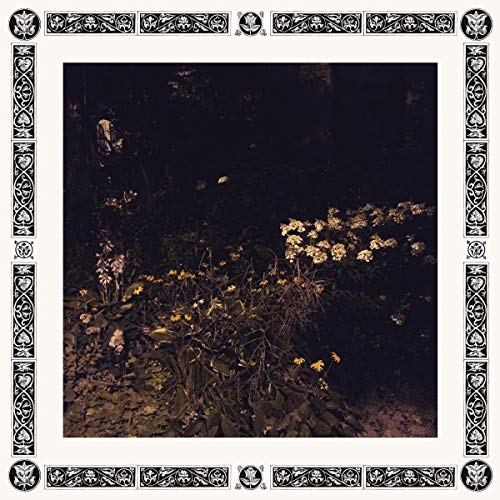
Sarah Davachi
Pale Bloom
Release Date: Jun 21, 2019
Genre(s): Avant-Garde
Record label: W. 25th
Music Critic Score
How the Music Critic Score works
Buy Pale Bloom from Amazon
Album Review: Pale Bloom by Sarah Davachi
Great, Based on 3 Critics
Based on rating 4/5
There’s always this light and lightness, there’s always this, this always. With Sarah Davachi’s baroque venture on Pale Bloom into the sensuous folds of light blooming into light, one can hear unfolding this always light and lightness. One can hear unfolding. As on the first of her incensual songs (“Perfumes I”), an antique piano frailty (as if Bach could be resuscitated, this apropos of the composer who testifies that God, in the event of his decease, can revive precisely while we are listening to certain cantatas, certain fugues) unravels itself into the vibrations of its synthetic recollection.
Based on rating 7.5/10
Each of Sarah Davachi's releases develops a distinct sense of place. Though her last few records have comprised subtle electroacoustic renderings of instrumental textures, Davachi has also intermittently played with compositional restraints, and Pale Bloom picks up that idea, beginning from the austere confines of the piano solo. The organ tones that undergirded much of her recent work suggested a secular version of the church nave.
Opinion: Excellent
Known for her avant-garde experimentalism with analogue synthesizers, organs and woodwinds, in Pale Bloom Sarah Davachi pulls the sheet draped over her Steinway and blows the dust off its worn and tired keys. In comparison to her previous eleven electroacoustic organ-driven releases, the minimalistic piano work in Pale Bloom feels undoubtably symbolic. She has evolved as an artist both creatively and technically over the years, but like a lot of classically trained artists, the instrument represents her musical birth.
'Pale Bloom'
is available now

